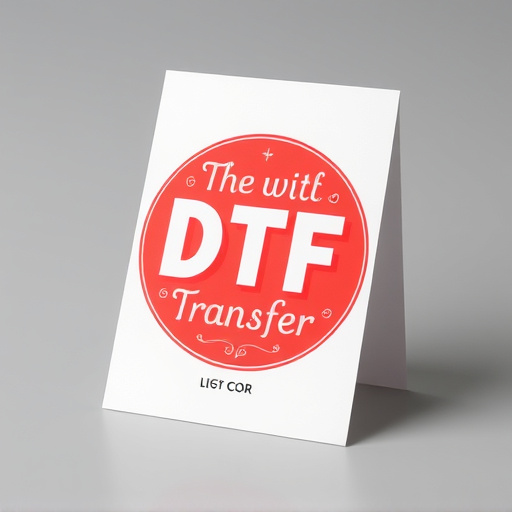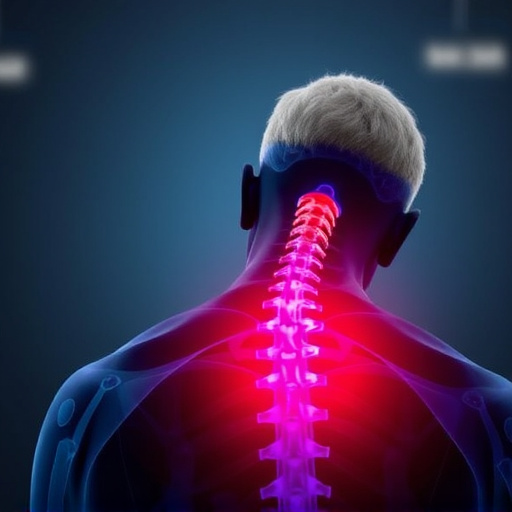Turbo lag, a common issue in turbocharged vehicles, can be effectively mitigated through the integration of a cold air intake (CAI) system. This modification improves combustion efficiency by delivering cooler, denser air to the engine, enhancing throttle response and reducing lag, especially at low-to-mid RPMs. Advanced CAI designs feature high-flow filters and resonance chambers for further improved throttle sensitivity. The benefits include smoother accelerations, better fuel economy, and optimized power delivery, catering to both performance enthusiasts and eco-conscious drivers.
“Discover how turbo lag, a common issue in turbocharged vehicles, can significantly impact performance. This article explores effective strategies focused on enhancing cold air intake throttle response improvement, a key aspect of optimizing engine performance. By delving into these techniques, you’ll understand the benefits of implementing turbo lag reduction reports. These reports offer valuable insights, ensuring your vehicle delivers swift and efficient power, especially during low-to-mid range throttles.”
- Understanding Turbo Lag and Its Impact on Performance
- Strategies for Cold Air Intake Throttle Response Improvement
- The Benefits of Implementing Turbo Lag Reduction Reports
Understanding Turbo Lag and Its Impact on Performance

Turbo lag refers to the delay between the moment you press the accelerator and when the turbocharger engages, leading to a loss of performance. This phenomenon is particularly noticeable in vehicles with turbocharged engines, where the forced induction system requires time to build boost pressure. The impact of turbo lag on performance can be significant, causing a dip in power output and responsiveness during acceleration. This delay not only affects the driver’s experience but also contributes to inefficient fuel consumption and reduced overall engine performance.
Addressing turbo lag is crucial for enhancing throttle response improvement. One effective method is integrating a cold air intake system, which draws in cooler, denser air to increase combustion efficiency. Additionally, optimizing the vehicle’s air induction system can reduce backpressure, enabling smoother airflow and quicker turbocharger spool-up. Such improvements not only mitigate turbo lag but also contribute to better overall engine management and driving dynamics.
Strategies for Cold Air Intake Throttle Response Improvement

Optimizing a vehicle’s performance begins with enhancing key components, and one effective strategy is implementing Cold Air Intake (CAI) systems for throttle response improvement. By designing an intake system that routes cooler air directly from the environment into the engine, CAIs can significantly impact power delivery. Cooler air is denser, containing more oxygen molecules, which results in improved fuel combustion. This simple modification allows for quicker and more efficient airflow to the engine, leading to enhanced throttle response—especially during low-to-mid RPM ranges where turbo lag is often most noticeable.
Additionally, CAIs can incorporate various design features to further improve throttle sensitivity. For instance, using high-flow air filters with larger surface areas enables smoother, unrestricted airflow. Some advanced CAI systems also employ resonance chambers or tuned air boxes to optimize the intake manifold’s performance at specific engine speeds, ensuring peak efficiency and minimizing turbo lag.
The Benefits of Implementing Turbo Lag Reduction Reports

Implementing turbo lag reduction reports offers significant advantages for vehicle performance enthusiasts. By addressing turbo lag, a delay in engine response when accelerating from a standstill, these reports enable drivers to experience improved throttle response. This is particularly beneficial for those with modified vehicles or cold air intake systems, as it enhances the overall driving experience, making accelerations smoother and more responsive.
Additionally, reduced turbo lag contributes to better fuel efficiency and power delivery. When the engine reacts faster to input, it allows for more precise control, resulting in optimized power output. This not only improves performance but also caters to eco-conscious drivers who seek a balance between power and fuel economy.
Turbo lag reduction reports play a pivotal role in enhancing vehicle performance, especially when combined with strategies like cold air intake throttle response improvement. By addressing turbo lag, these reports enable smoother power delivery, improved acceleration, and overall better driving dynamics. This not only contributes to an enhanced driving experience but also ensures the engine operates efficiently, making it a valuable tool for both automotive enthusiasts and professionals alike.













